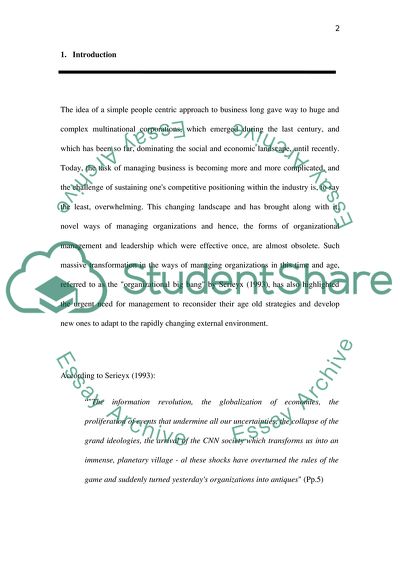Cite this document
(Diagnosis from a Multi Frame Perspective Case Study, n.d.)
Diagnosis from a Multi Frame Perspective Case Study. Retrieved from https://studentshare.org/health-sciences-medicine/1729862-organisational-change
Diagnosis from a Multi Frame Perspective Case Study. Retrieved from https://studentshare.org/health-sciences-medicine/1729862-organisational-change
(Diagnosis from a Multi Frame Perspective Case Study)
Diagnosis from a Multi Frame Perspective Case Study. https://studentshare.org/health-sciences-medicine/1729862-organisational-change.
Diagnosis from a Multi Frame Perspective Case Study. https://studentshare.org/health-sciences-medicine/1729862-organisational-change.
“Diagnosis from a Multi Frame Perspective Case Study”, n.d. https://studentshare.org/health-sciences-medicine/1729862-organisational-change.


